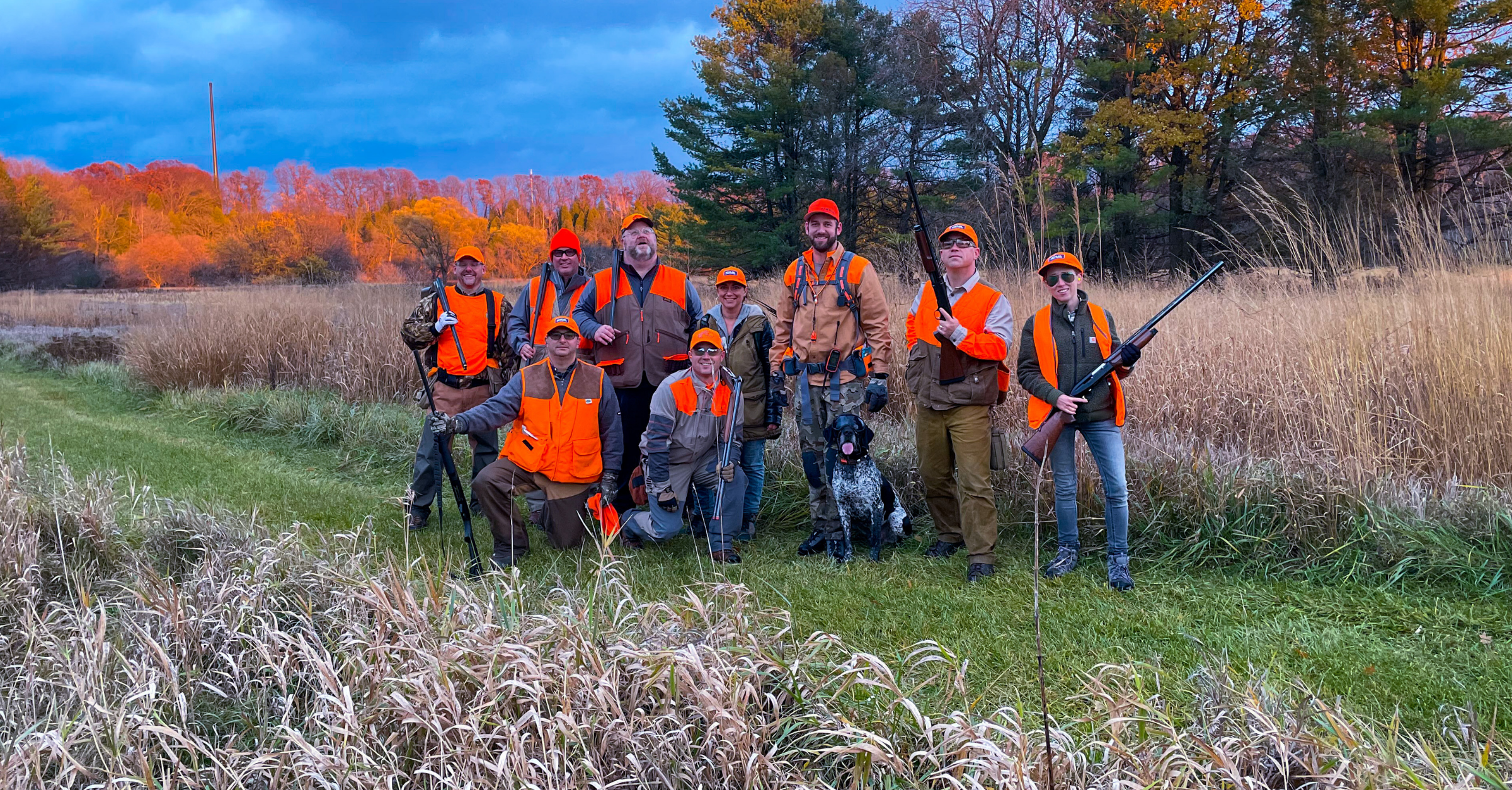Impact of the Edge: We’re Still Plugged in — Even When We Disconnect
We have an opportunity to use connected devices to enrich the experience of activities.
Located close to end-users for instant access to streaming and mission-critical content, edge data centers play a key role in extending the reach of cloud and cellular networks. For the first time, these facilities are being built with the end-users in mind, not just the data owners. They are designed for speed, excelling at delivering services with low latency and high bandwidth.
Because of the huge uptick in applications and services made possible only with edge connectivity (think Autonomous Vehicles, Medical Wearables, and live streaming), edge investment and deployment is on the rise. This puts pressure on the market to source the right skills and keep pace with end-user demands — but even this full-steam-ahead industry needs to let off a little bit of that pressure sometimes.
Kohler Data Centers recently hosted a pheasant hunt for several customers at its beautiful club in Wisconsin. There’s a surprisingly strong segment of career mission-critical staffers who retreat to the restorative connection of nature brought about by hunting – a primal endeavor that humanity has engaged in for millions of years. And it’s no surprise why: guaranteeing uptime for digital infrastructure through which millions of dollars of revenue runs every second is rough-and-tumble work. Long weeks, months, and years are not uncommon; if you haven’t slept in a data center, you haven’t worked in the industry long enough.
To ease the load, data centers’ grizzled veterans take to the field to exorcise their digital demons, bask in the fresh air, and trade whitespace for greenspace. But it is interesting to pick up on the subtle infusion of technology. Looking closely, we saw bits, bytes, and gadgets abounding.
- One of our hunters, a Kohler associate who is also a Chief Range Safety Officer, hunts with a Garmin Explorer that can summon EMS from anywhere on the planet: press the SOS button and wait for the helicopter.
- We saw wrist-borne GPS devices counting steps, tracking heart rates (a bird flushing is a heart rate explosion), and breadcrumbing the path through the fields.
- Of course, the pictures and videos for Facebook, LinkedIn, Instagram were plentiful. Hunt parties used to razz each other back at the lodge or Deer Camp, but now it happens in real-time via Twitter.
This might seem ruinous to the Luddite-feels one is shooting for whilst getting back to nature. But in some ways, it enhances the experience. Having on-demand medical and location services simply saves lives. Until we were all told to stay locked up at home a couple of years ago, hunting was in decline as a pastime. Now it’s resurgent — and being able to capture and record field experiences has certainly helped.
With technical advances and edge connectivity, we have a greater opportunity to use connected devices to enhance safety and enrich the experience of activities where we would otherwise be unreachable. With the end-user in mind, data — such as that for emergency communications — warrants a faster delivery speed. The reality is, in these situations, delaying an emergency response or critical communication can have life-altering consequences.
One of the other benefits of information at the edge is to positively contribute to data gaps. To see what this looks like in action, consider the same wearable tech I referenced earlier. The marketing team I lead went on a teambuilding hike just a couple weeks prior in an area that was new for all of us. We thoroughly enjoyed reviewing our stats throughout the adventure, and it was absolutely an experience- enriching benefit for the team to look at our data together. But as it turns out, the trail maps and distance posted at the hike location were not accurate; the internet was – and we could log this and share it because of connected devices, helping other hikers pre-plan their journeys in a safer manner. This is just one of the many real-life examples that reveals to us the importance of the connectivity fabric being created at the edge by a new wave of data centers that prioritize the end user’s data and requirements. This is why discussing and architecting the edge is crucial for augmenting (and even protecting) our lives.
It may seem like we’re sending a mixed signal by championing connectivity during our much-needed scheduled downtime. But technology is here to help people achieve their values, not to drive their values. You see this clearly in situations like our hunting event, even with a bunch of tech enthusiasts from the data center industry. We all feel the need to disconnect sometimes, but embrace opportunities that enhance our safety and the very experience of otherwise disconnecting. Edge-connected devices and applications allow us to share information, access routes for safety, and connect with others. Logged data is also useful for future outdoor enthusiasts to know what paths were taken and can help with future route planning.
As necessity for on-demand data continues to increase, opportunities for edge deployments and connectivity options will continue to underscore delivery speed. Kohler understands the need for edge deployment and offers a portfolio of reliable backup power solutions to support even the most latency-sensitive applications. One thing is certain: data generation is not diminishing, and the demand for “always on” data accessibility will continue to drive tech innovations at the edge.
